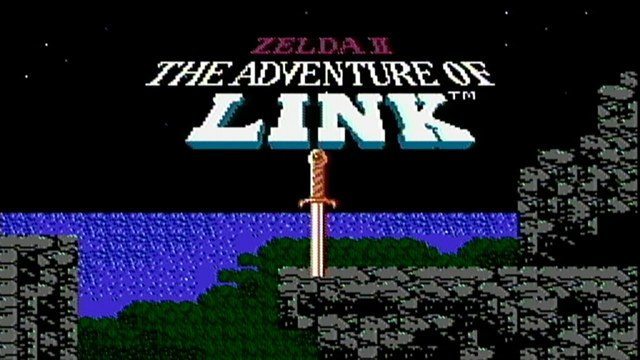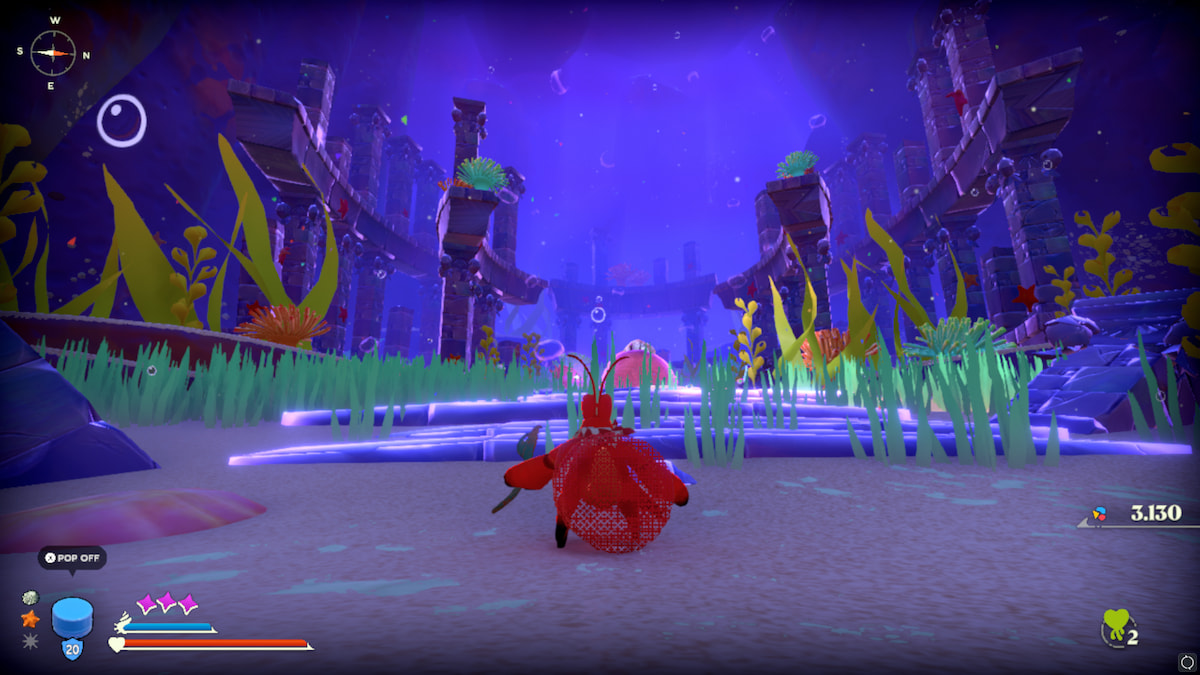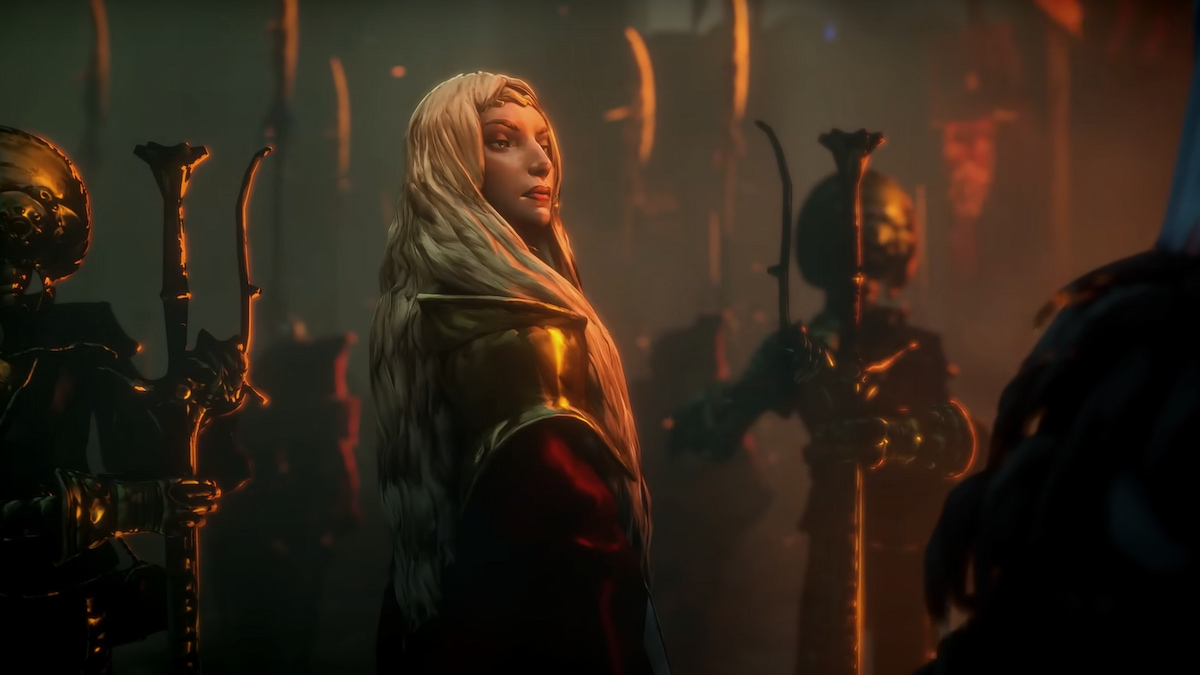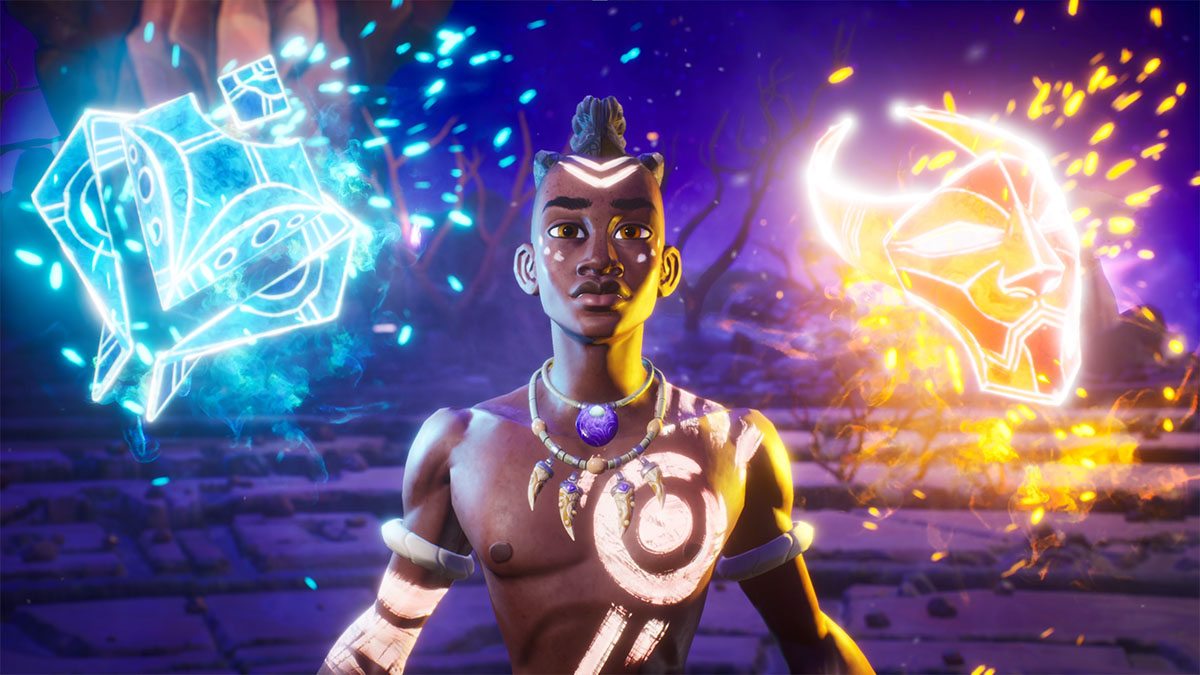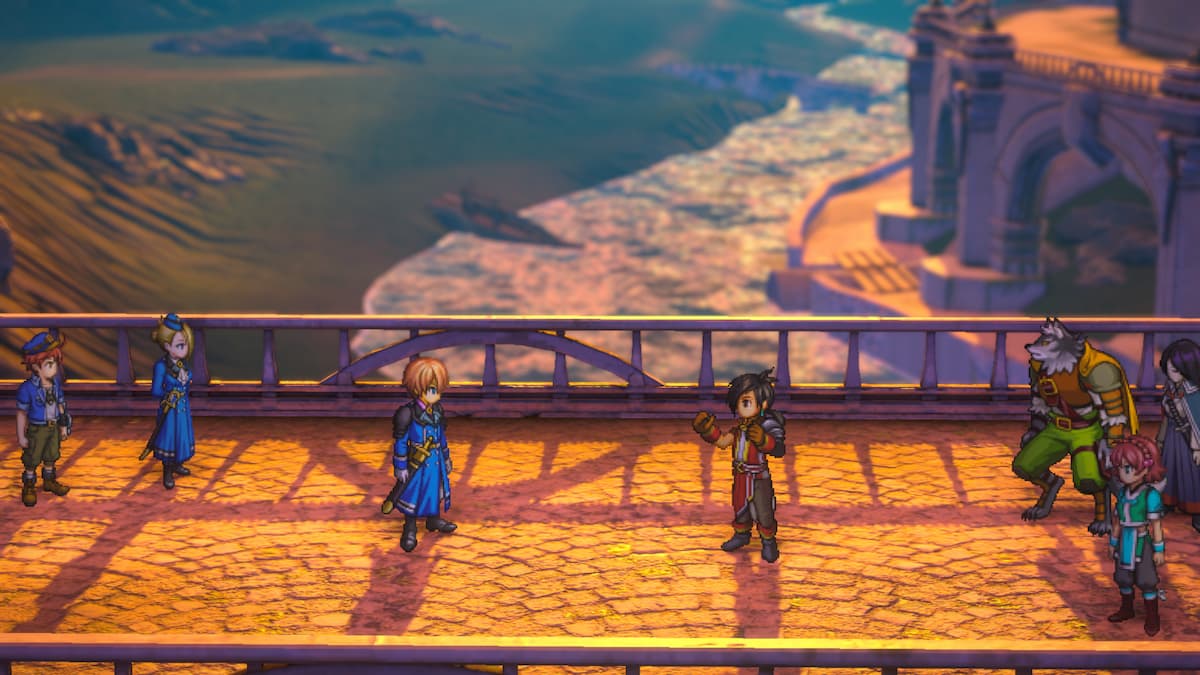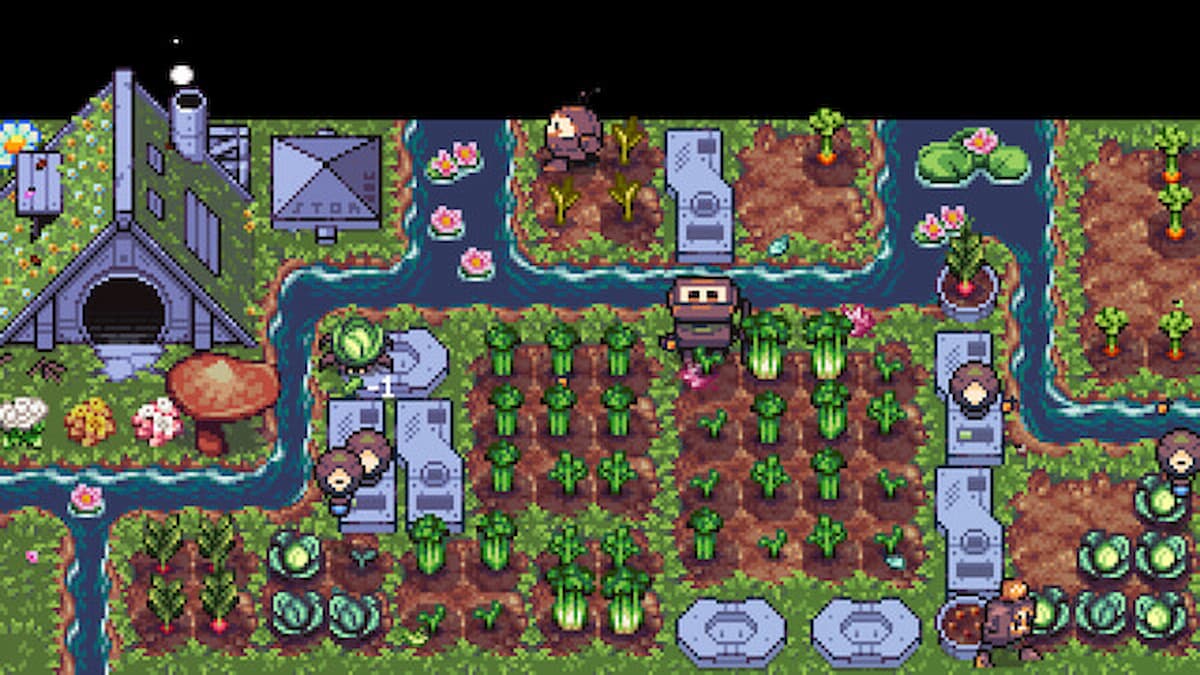Today is Week 2 of the Legend of Zelda Rewind Review! This marks the second time we will be looking at an NES Zelda title – Zelda II: The Adventure of Link, a game released only a year after the original The Legend of Zelda.
In earlier Rewind Reviews, I typically referenced a game’s Metacritic score. However, in this case I simply cannot reference it without explaining why the score sits where it does. According to the “user review” section, Zelda II: The Adventure of Link scores a 7.2/10. While this is not the worst score ever, a lot of the positive reviews state that they gave the game a 10/10 for the sake of it being their “first Zelda game” and other nonsense reviews. Once those are pulled out of the way, the game’s average score is actually a dismal 4.2/10. On the flip-side, critics average at 7.3/10 with the reviews split finely between 60-70 scores and 80-90 scores. Today, your beloved RR-senpai will seek to solve this duality once and for all!
As with all Rewind Reviews, Zelda II: The Adventure of Link will undergo a review process through the eyes of a modern critic. No nostalgia glasses, no excuses, no rationalizing hardware limitations, and no sparing myself from angry fans and readers. Nothing will excuse the game from anything that we – as modern gamers – would expect to see in the genre today. So without further ado, let’s roam the Hyrule Overworld and get into some 2-D side-scrolling action in Zelda II: The Adventure of Link on the Nintendo Entertainment System!
The Plot
I am going to make this clear from the very start: Zelda II’s story section is poorly translated. It’s worse than Metroid (NES)’s instruction manual in the sense that they are trying to sound like a “ye olde” text, and it fails on multiple levels – grammatically and rhetorically. If you don’t believe me, you can find the manual here.
For those who don’t want to read it, here’s a much more pleasant synopsis:
After the defeat of Ganon, Hyrule was left in a state of chaos and disorder. The Heart of Ganon that remained in Hyrule caused his underlings to remain, eagerly awaiting his return. The key to returning Ganon to the world was the blood of the hero – Link. By sacrificing him, and sprinkling his blood on Ganon’s ashes, the King of Evil would return.
Link had stayed behind in Hyrule, helping the relief effort. However, on his 16th birthday the image of the Triforce appeared on the back of his hand. It was then that Zelda’s nursemaid – Impa – brought him to the resting place of the original Princess Zelda.
Zelda had been cursed to sleep forevermore, until the foul magician who corrupted her brother was defeated – a result of her reluctance to tell the corrupt prince the whereabouts of the Triforce. Presenting Link with a prophecy scroll, Impa sent Link forth on his next quest to find the Valley of Death where the Triforce of Courage was hidden. Only by finding the Triforce could Link destroy Ganon once and for all, and bring peace to the Kingdom of Hyrule.
In terms of in-game plot, there is not much to be had. There are a number of NPC characters who will talk about the world, but since these conversations are limited to about 6 words they do not offer much in terms of immersion. However, the instruction manual’s story does give us the reason for why are headed out on this quest, a better one than “you saved me, so go save the kingdom!” story that The Legend of Zelda gave us. That said, it’s not that much better since Zelda II does mark the beginning of the series’ use of the “chosen one” trope after all.
The Gameplay
The Good:
Link’s current levels can be found at the top of the screen beside his health/magic bars
Unlike its predecessor The Legend of Zelda, Zelda II: The Adventure of Link runs with a system that mixes an overworld map with side-scrolling battles. The game also has a number of RPG elements such as a level-up system to improve Link’s life and magic points, as well as his attack power. Experience is gained by defeating enemies, and picking up treasure bags. This is an interesting mechanic as it is never again used in the entire series, and while it seems out of place as a result it actually works quite well. The reason for this is that while it may cause some “fanboy whiplash” in fans of the series as a whole, the game itself is not actually a bad game. In fact, Zelda II might actually be the most difficult game in the series – and it accomplishes this without “cheating”.
When I say “cheating”, I am of course referring to the artificial difficulty that was a result of The Legend of Zelda (NES)’s terrible gameplay errors. Zelda II fixes the issue of Link’s sword attack animation by providing a “defense” frame after each strike. When Link thrusts his sword he instantly throws his shield in front of him, blocking most enemy attacks until he returns to his regular defensive stance. This is a vast improvement from The Legend of Zelda since Link is no longer gawking at his own sword-swipes for a second-and-a-half before being able to move or block with the shield. The 2-D platforming mechanics also make combat more interesting since enemy AI variety has been increased. No two enemies share the same attack patterns, and the 2-D platforming allows for attack patterns that could not be done in a top-down perspective.

This screen will haunt me to the end of my days…
I should also note that this game is notoriously difficult. During my playthough I ran into the “Game Over” screen a total of 137 times. Taking into account the fact that the game runs off of a 3-life system – which sends you back to the start of the game with your items, level, and spells – that is a total of 411 deaths in total. While this may seem like a ridiculous amount of deaths for a single run, I actually never felt cheated during the entire playthrough. The controls are tight, the mechanics make sense, and every death feels like a mistake you made. Every time I was defeated managed to immerse me in the game as well, for the story’s main plot point of Ganon’s revival after Link’s death truly made me feel as though I failed my quest.
The NPCs in Zelda II are surprisingly useful at times
On the topic of the quest… the game also ensures players do not need the manual to get through the entire game. In-game NPC characters – despite their limited speech capabilities – are able to tell players what exactly they need to do, provided they speak to them. While items are not explained upon acquisition, chances are that players will have spoken with an NPC who has referenced the item’s use prior to finding them. The overworld’s limitations on region accessibility based upon which items Link has found also helps to ensure that the player has some sense of direction, something that the first game failed to do. With seven temples to defeat, Zelda II is not a short game, the game taking me a total of 22 hours to beat on my first run with occasional use of a guide.

Enemy diversity is quite wide in Zelda II, sporting 41 different enemy types, all with their own attack patterns. The game also sports a total of 9 bosses across 7 dungeons, with 1 boss returning as a mini-boss in a later temple. Bosses in Zelda II all display their health in a bar on the left of the screen, and can all be defeated by using the sword, while other techniques can be used to defeat them with greater ease. Volvagia (above), for example, can be defeated easier by using the jump spell to make hitting his head easier, or using the reflect spell to shoot his fireballs back toward him. This is quite an improvement over the previous game where multiple bosses reappeared in later temples, many of which were defeated by the single use of a certain weapon. As a result of the increase in difficulty, each victory feels like an accomplishment. Players are almost constantly at the mercy of their opponents, leaving them with a sense of true victory by the end of each skirmish. All-in-all, Zelda II is a very combat-focused adventure game, and it does a really good job of it.
The Bad:
That said, Zelda II has its flaws. One such flaw is the lack of diversity in dispatching enemies. While each enemy – as previously mentioned – has its own attack pattern, Link’s attacks are limited to striking with the sword. While his repertoire of learned spells includes the ability to shoot fire or cast lightning, these are ultimately nothing more than tools to defeat certain enemies in the game since they use up more magic than they are worth. At other times, battles can feel drawn out since the AI can be sometimes unpredictable. This is most common with humanoid opponents such as the Hard Knuckle.

Battles against Hard Knuckles can go on forever, until Link takes one too many hits that is…
The Moblins that chase Link across the screen and do a lot of damage, but give the player no experience points for their troubles
Another issue is the problem of grinding. While some speed-runners are capable of beating Zelda II without the need to increase life or magic bars, the fact of the matter is that casual players will not be able to do so. As such, much of the game is actually spent slaughtering randomly spawning enemy hordes to level-up Link’s stats as opposed to moving forward in the game. Worse yet, enemies that constantly respawn yield no experience whatsoever, and so players can wind up wasting time and health on enemies that never stop coming. That said, defeating temples does tend to increase Link’s level, you are likely to meet your end to the game’s bosses until your stats are at least level 3 across the board. While this is not so terrible that it warrants an “ugly” section, it does get annoying if you are among the impatient (which I am).
The Presentation
Was Horsehead supposed to be part of this game…?
Graphically, Zelda II: The Adventure of Link is not all too impressive. Even for a NES game, the title fails to impress on the grounds that a lot of the sprite work seems mixed and matched. While boss sprites are well detailed, some stand out after considering the art style of the greater portion of the game. The greatest example is the contrast between the boss “Horsehead” and Link. Horsehead stands out among all of the enemies in the game, looking as though he was mistakenly placed into the game’s files instead of being placed in the game he was intended for. On the other hand, Link’s colour pallet makes him stand out awkwardly among the rest of the game’s colour schemes. This was likely done to help players find Link on the screen. Unfortunately, it does nothing more than make him look stand out like a sore thumb, brining too much attention to himself while beside enemies.
Music in Zelda II: The Adventure of Link on the other hand is well executed. While not as series-defining as its predecessor, the game sports several well-composed tracks that are recognizable long after playing the game. One that many people may recognize is the Temple Theme that plays when Link enters one of the castles/dungeons. This is because it is the same theme that plays on the “Temple” stage from Super Smash Bros. Melee. You can listen to the game’s soundtrack for yourself below.
The Verdict
If I were to judge Zelda II: The Adventure of Link with a pair of nostalgia goggles, then I would claim that this is definitely not a Legend of Zelda game and give it a 3/10 as many fans have done. The game is simply not a Legend of Zelda game save for the name, characters, and setting. At face value, Zelda II has about as much common with the rest of the Legend of Zelda series as God of War does with Hello Kitty.
However, here at Rewind Reviews we don’t like to judge a game based off of what we want a game to be, we judge the game by what it is. As such, I give Zelda II: The Adventure of Link an 8/10 on the grounds that it is a challenging and well-executed action-adventure game. While the presentation is passable at best, the gameplay is near flawless. Controls are tight, menus are accessible, and the game is straight-forward enough that it doesn’t require a third-party guide or even the instruction booklet to complete.
That said, I would not recommend this game for anyone looking for a casual gaming experience. If you are, this game will break you. It will make you feel as though you are being punished unfairly, that you are trying your best and still amount to nothing, and everything else that comes with a punishing game. Every mistake you make will add up, and that is just not something that a casual player will enjoy.
With that in mind, I bring Week 2 of my Legend of Zelda Rewind Review to a close, and I open the floor to the readers! Have you ever played Zelda II in your lifetime? What did you think of the game’s difficulty? Do you think it unfair that this game is not considered a “Zelda game” by fans? Leave your opinions in the comments section below!
Also, be sure to check back on this article or the GameSkinny front page for future reviews, as well as swords and sorcery action as we make our way from the original 1986 release of The Legend of Zelda on the NES to the 2013 release of A Link Between Worlds on the 3DS!
Reviews in this Series:
- The Legend of Zelda (NES)
- The Adventure of Link (NES)
- A Link to the Past (SNES/GBA)
- Link’s Awakening/Link’s Awakening DX (GB/GBC)
- Ocarina of Time/OoT 3DS (N64/3DS)
- Majora’s Mask/MM 3DS (N64/3DS)
- Oracle of Ages/Oracle of Seasons (GBC)
- Four Swords (GBA)
- The Wind Waker (GC)
- Four Swords Adventures (GC)
- The Minish Cap (GBA)
- Twilight Princess (GC/Wii)
- Phantom Hourglass (DS)
- Spirit Tracks (DS)
- Skyward Sword (Wii)
- A Link Between Worlds (3DS)
- Tri Force Heroes (3DS)

